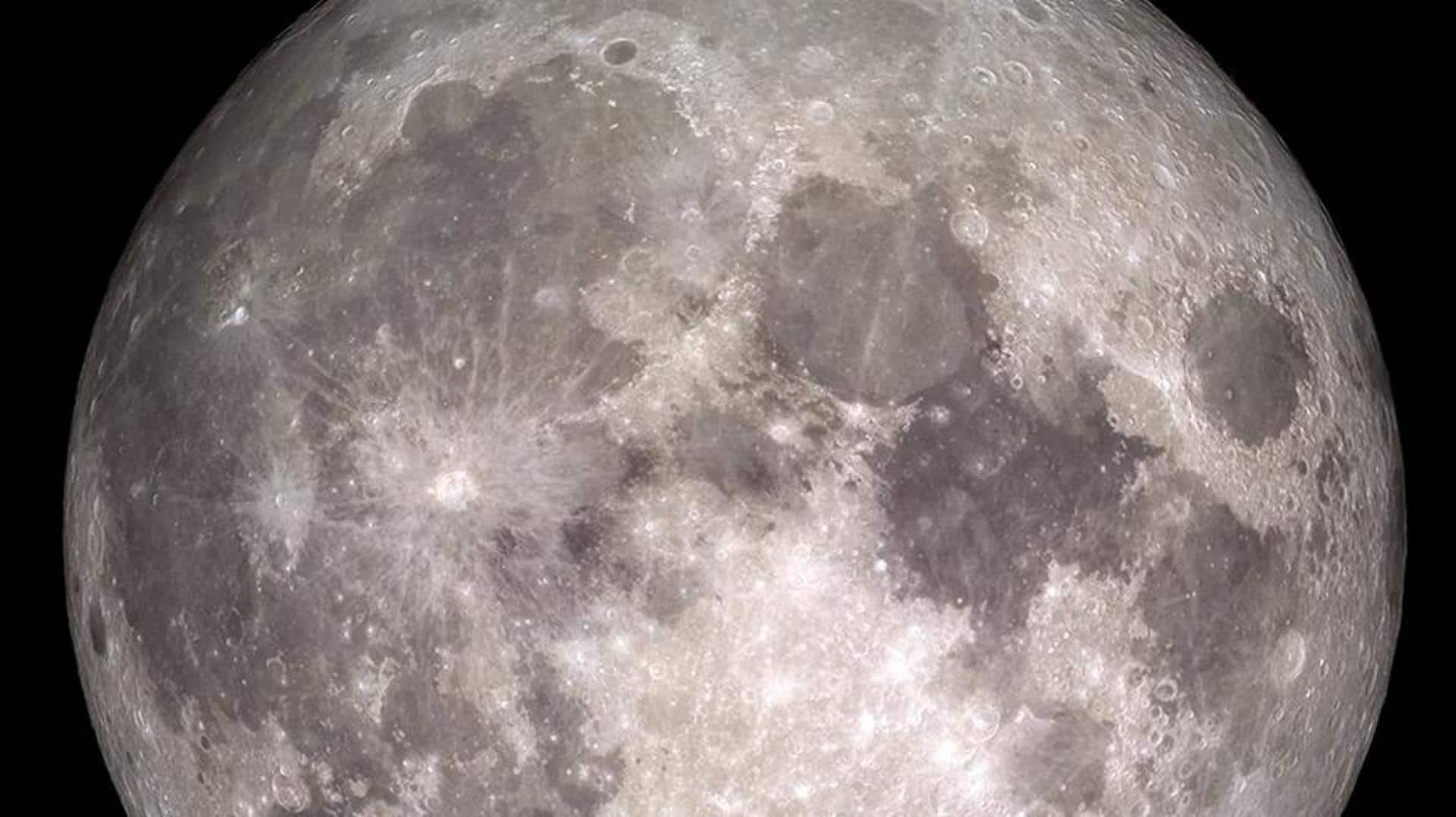
Our Moon could soon have its own time zone
What's the story
Space organizations across the world suggest Moon should have its own time zone and it will be necessary given that there are dozens of lunar missions planned in the coming decade. Talks regarding a common lunar reference time were initiated at ESA's ESTEC technology center, which took place in November 2022, and now a "joint international effort is now being launched" for this purpose.
Context
Why does this story matter?
A new era of lunar exploration is on the rise. For instance, with the recent success of the Artemis 1 mission, we are getting closer to establishing a permanent presence on our natural satellite, Moon. As ESA puts it, a common timezone on the Moon would pave the way for lunar missions to "synch up, interoperate and self-navigate."
Mission
How do the current lunar missions operate?
Until now, every lunar mission has been operating at its own timescale exported from Earth. Deep space antennas are used to keep onboard chronometers synchronized with terrestrial time for two-way communications. This, however, "will not be sustainable" in the long run, according to ESA. Different lunar missions might be performing joint observations, for which they may have to communicate with each other.
Challenges
Fixing a common lunar timezone is not without challenges
Coming up with a common lunar timezone will not be easy. The international team of space organizations would have to make a couple of decisions, one of which is if there should be a single organization responsible for establishing and maintaining the lunar time. They will also have to decide if the lunar time has to be synchronized to Earth or not.
Information
Clocks on the Moon run faster
Clocks on the Moon run faster, gaining about 56 microseconds or millionths of a second per day, depending on their position on the Moon. Importantly, whatever common lunar time zone the team comes up with will ultimately have to be practical for astronauts.
Official words
"This will be quite a challenge"
"This will be quite a challenge on a planetary surface where in the equatorial region each day is 29.5 days long, including freezing fortnight-long lunar nights, with the whole of Earth just a small blue circle in the dark sky," said Bernhard Hufenbach, a member of the Moonlight Management Team from ESA's Directorate of Human and Robotic Exploration.